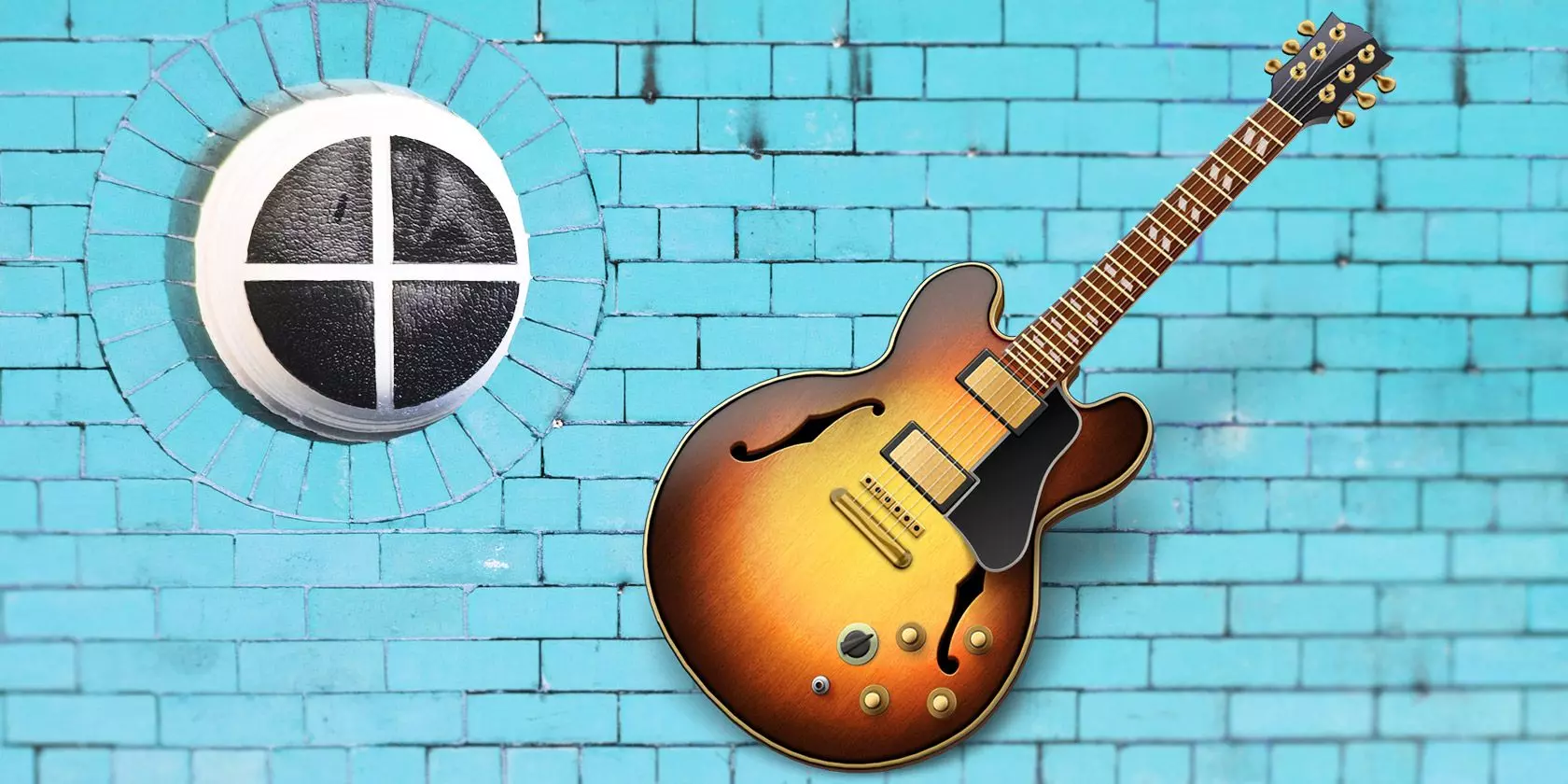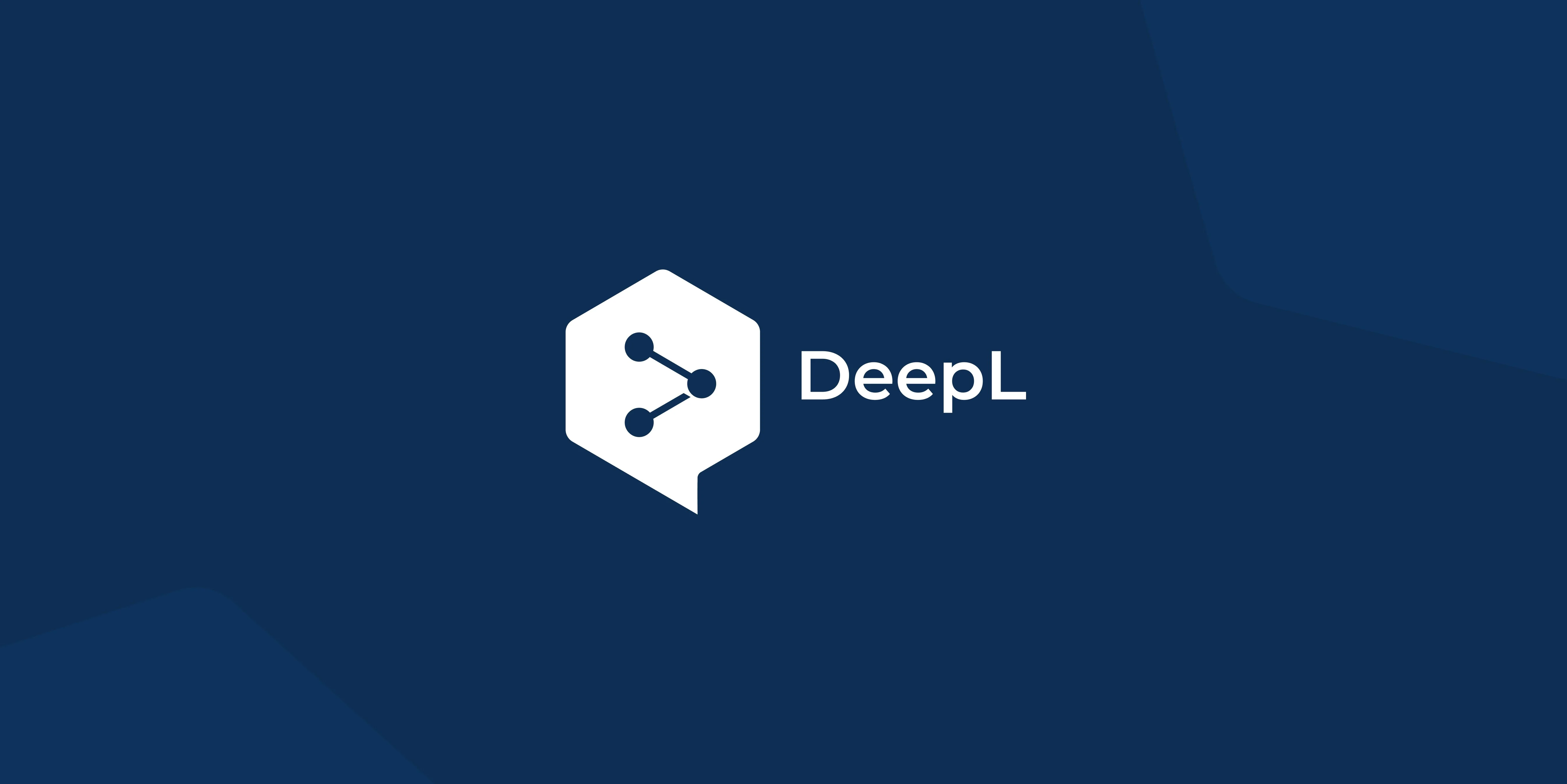
When it comes to free digital music production software tailored for beginners, GarageBand reigns supreme. But do you know how to use Garageband for better results?
Despite its beginner-friendly interface, delving into GarageBand can initially feel daunting. With its multitude of features and tools, while potent, navigating them isn't always straightforward.
Thus, we're here to unravel the basics of GarageBand. This guide aims to provide a foundational understanding of the software, setting you on the path towards expertise in GarageBand.
What is Garageband?
For newcomers to music production, navigating through industry jargon can be perplexing. In our comprehensive music production guide, we aim to demystify these terms and equip you with the knowledge you need.
One of the first terms you'll encounter is DAW, short for "digital audio workstation." This is the software platform you'll utilize to craft your musical creations.

While there's a multitude of options available, many of them can be daunting for beginners. However, GarageBand stands out as an exception. Known for its user-friendly interface, typical of Apple products, it offers a seamless experience for users.
But don't let its simplicity fool you - GarageBand is packed with a plethora of powerful features. From virtual instruments and audio recording/editing capabilities to MIDI support, pre-recorded loops, and effects, it caters to the needs of both novices and seasoned musicians alike.
For more detailed information, read our guide on What is Garageband.
How to Use Garageband? Step-by-Step
Here is a step-by-step guide on using Garageband for better creation.
Step 1: Getting Started
Downloading and Installing GarageBand: We'll walk readers through the process of acquiring GarageBand on their Mac, iPhone, or iPad.
Exploring the Interface: A comprehensive overview of GarageBand's layout, including the main window, track controls, and various menus.
Step 2: Recording and Editing
Setting Up Your Project: Guidance on selecting project settings, such as tempo, time signature, and instrument options.
Recording Audio: Step-by-step instructions on recording vocals, instruments, and external audio sources using GarageBand's built-in tools.
Editing Techniques: Tips and tricks for editing audio clips, including cutting, copying, pasting, and adjusting volume and pitch.
Step 3: Using Virtual Instruments
Exploring the Instrument Library: An exploration of GarageBand's extensive collection of virtual instruments, including keyboards, guitars, drums, and more.
Playing and Recording Virtual Instruments: Instructions on how to play and record virtual instruments using MIDI keyboards or GarageBand's touch instruments.
Customizing Instrument Settings: Guidance on tweaking instrument settings, such as tone, pitch, and effects, to achieve desired sounds.
Step 4: Utilizing Loops and Samples
Accessing the Loop Library: An introduction to GarageBand's vast library of pre-recorded loops and samples spanning various genres.
Incorporating Loops into Your Project: Techniques for adding loops and samples to your compositions, adjusting tempo and key, and creating seamless transitions.
Creating Your Own Loops: Tips for recording and editing custom loops using GarageBand's loop recording feature.
Step 5: Mixing and Mastering
Balancing Levels and Panning: Strategies for mixing tracks, adjusting volume levels, and panning sound sources to achieve a balanced mix.
Applying Effects and Plugins: Exploring GarageBand's built-in audio effects and plugins, such as reverb, compression, and EQ, to enhance the sound quality of your tracks.
Mastering Your Project: Guidance on finalizing your project for distribution, including applying mastering presets and exporting your tracks in various formats.
Step 6: Collaborating and Sharing
Collaborating with Others: Tips for collaborating with other musicians or producers using GarageBand's project sharing features and iCloud integration.
Sharing Your Music: Instructions on sharing your finished projects with the world, whether through social media, streaming platforms, or direct exports.
Conclusion: How to Use Garageband
GarageBand is not just a music-making tool; it's a gateway to endless creativity and expression.
By following the steps outlined in this guide, readers can unlock the full potential of GarageBand and embark on a journey of musical discovery like never before.
So fire up your Mac, iPhone, or iPad, and let the magic of GarageBand take you on a sonic adventure!

